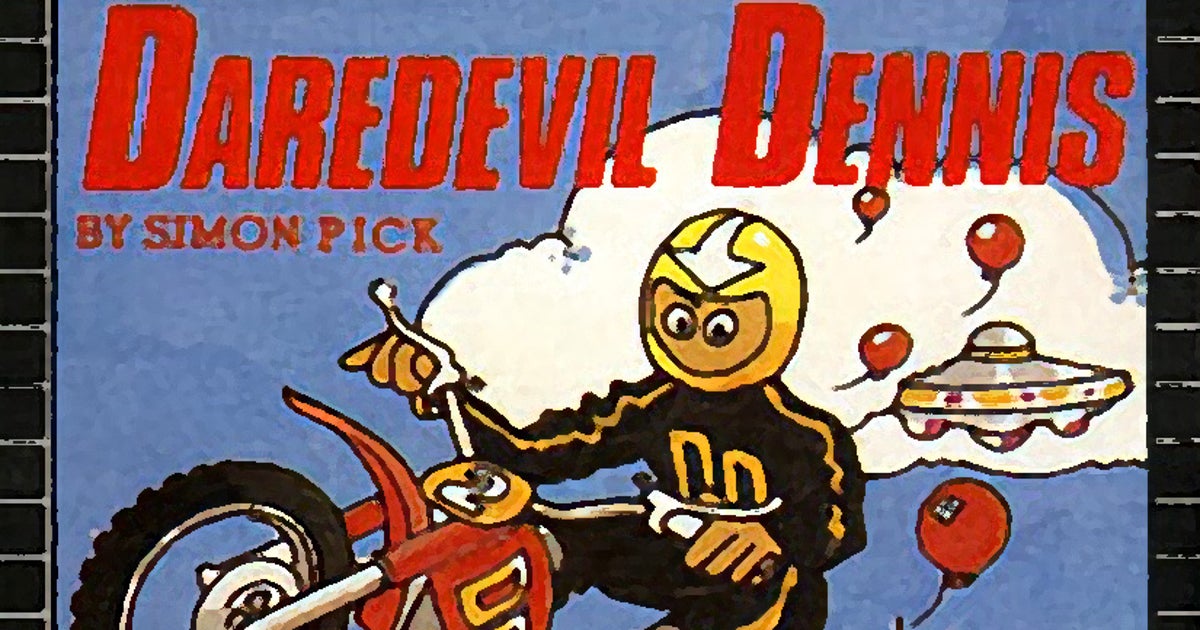Get the latest tech news
It's Dante's hell – we're just living in it
Dante Alighieri gave a shape to Hell, one that would be further dramatized by writers from John Milton to Jean-Paul Sartre.
As the American poet W. S. Merwin has noted, Dante stands in a long graduation of troubadour poetry—one that reached a particular sharpness “in the tenth-century Arabic poetry of the Omayyad Moorish kingdoms of southern Spain.” There circulated the story of the poet Yusuf Ibn Harun al-Ramadi, who became smitten with a woman named Khalwa in Córdoba who “entirely captured my heart, so that all my limbs were penetrated by the love of her.” After a short conversation, she leaves him, but he is unable to forget her: “I know not whether the heavens have devoured her, or whether the earth has swallowed her up; and the feeling I have in my heart on her account is hotter than burning coals.” In the foreword to his translation of Purgatorio, Merwin lauds its distinctive nature: “Of the three sections of the poem, only Purgatory happens on the earth, as our lives do, with our feet on the ground, crossing a beach, climbing a mountain.” The terrestrial world depicted in the first canto of Inferno is a proto-Hell, steeped in the surreal imagery of wilderness. In language that recalls La Vita Nuova, Dante notes that he has not “been left helplessly undone / with awe and trembling in her presence.” He is stirred, however, by an old feeling: “the high force beat upon my / sight, as it had pierced me before I / had yet emerged out of my childhood.”
Or read this on Hacker News

